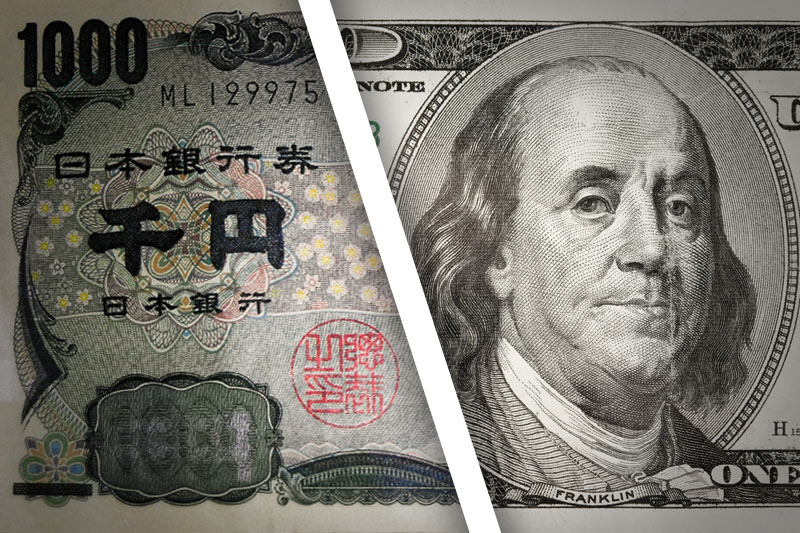Investing.com - The dollar ended Friday’s session almost unchanged against the yen, after slipping lower earlier in the day following the release of some soft U.S. data on personal spending and consumer confidence.
USD/JPY touched session lows of 101.51 before pulling back to 101.76 late Friday. For the week, the pair slid 0.14%.
The pair is likely to find support at 101.25 and resistance at 102.13.
The dollar eased after data showed that U.S. consumer spending fell 0.1% in April from a month earlier, missing forecasts for a 0.2% increase. Personal income rose 0.3%, in line with forecasts.
Separately, the final reading of the University of Michigan's consumer-sentiment index for May came in at 81.9, up slightly from a preliminary reading of 81.8, but falling short of forecasts for 82.5.
The yen was also boosted by falls in U.S. 10-year Treasury yields. U.S. bonds have rallied in recent sessions as buying in 10-year Treasury notes pushed yields to the lowest levels since January. Profit taking by investors on Friday pulled the yield on 10-year notes back up to 2.48% late Friday.
Elsewhere, the euro pushed higher against the yen on Friday, with EUR/JPY rising 0.22% to 138.76, up from Thursday’s four month lows of 137.95.
The shared currency remained under pressure amid mounting expectations for monetary easing by the European Central Bank at its upcoming policy meeting this week.
Data on Friday showing that the annual rate of inflation in Italy and Spain slowed in May underlined expectations that the ECB will take steps to tackle low consumer price growth, which its threatening the fragile recovery in the euro zone.
Demand for the yen continued to be underpinned by diminished expectations for more stimulus by the Bank of Japan, after the bank said earlier this month that its stimulus program has been working as intended.
In the week ahead, investors will be looking to Friday’s U.S. nonfarm payrolls report for May for further indications on the strength of the labor market, while Tuesday’s euro zone inflation report will also be in focus, ahead of the ECB policy meeting and press conference on Thursday.
Ahead of the coming week, Investing.com has compiled a list of these and other significant events likely to affect the markets.
Monday, June 2
Japan is to publish data on capital spending.
Later Monday, the Institute of Supply Management is to publish a report on U.S. manufacturing activity.
Tuesday, June 3
Japan is to publish a report on average cash earnings.
The U.S. is to produce data on factory orders.
Wednesday, June 4
The U.S. is to release the ADP report on private sector job creation, which leads the government’s nonfarm payrolls report by two days. The U.S. is also to publish data on the trade balance.
The ISM is to publish a report on U.S. service sector activity.
Thursday, June 5
The ECB is to announce its benchmark interest rate. The announcement is to be followed by a press conference with President Mario Draghi.
The U.S. is to publish the weekly report on initial jobless claims.
Friday, June 6
The U.S. is to round up the week with the closely watched government data on nonfarm payrolls and the unemployment rate.
